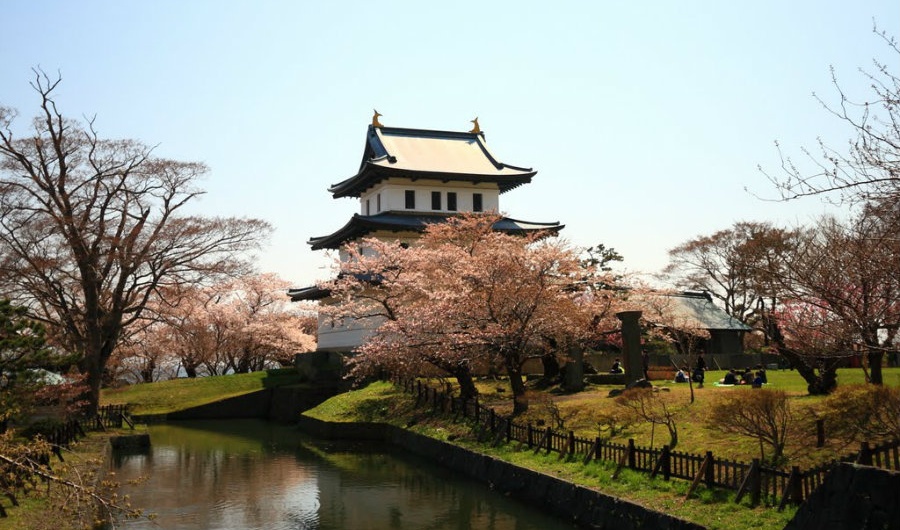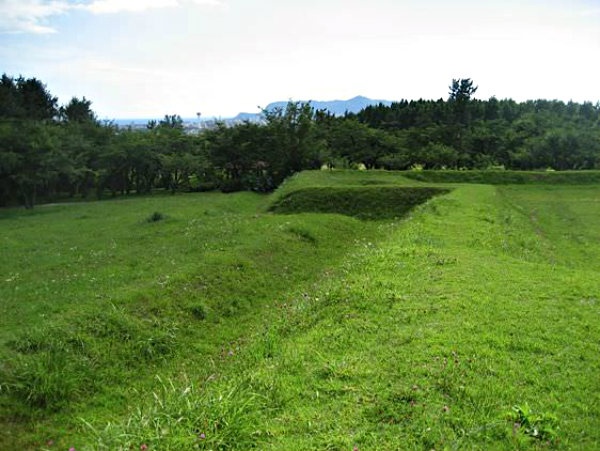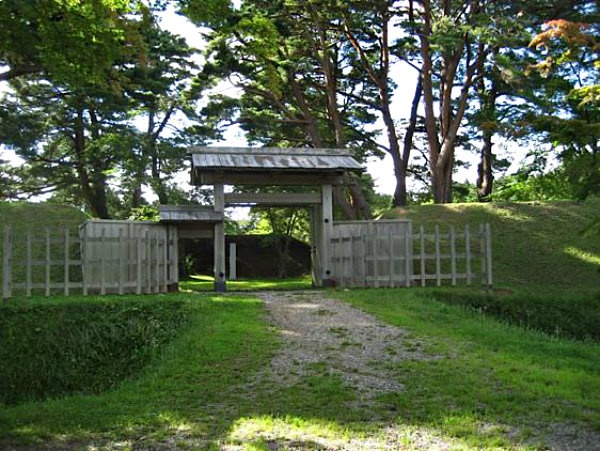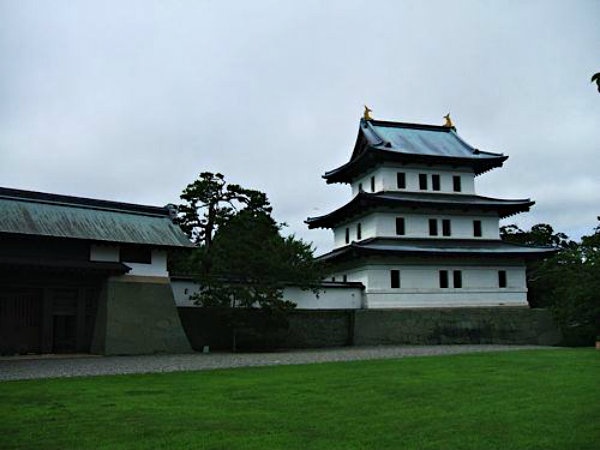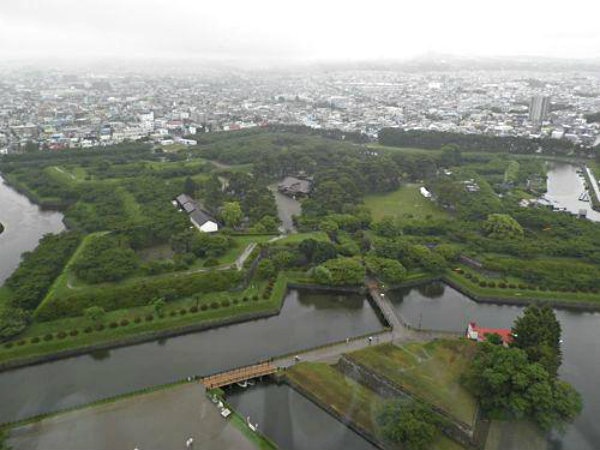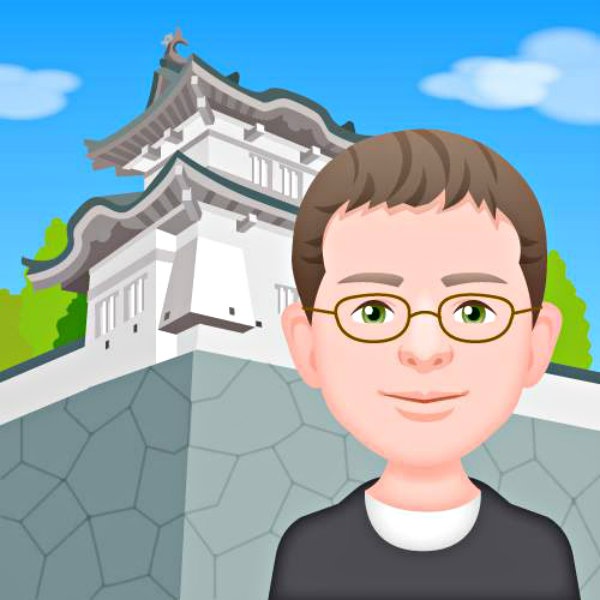The 4 Forts & Castles of Hokkaido
Japan's principal authorities first established an outpost in southern Hokkaido during the Muromachi Period (1336-1573). However, it was only in the late 1850s that the Tokugawa shogunate took control of the entire northern island, hoping to stave off a perceived threat from Russia. There's only one castle in Hokkaido; the rest are modern forts.
By Jcastle4. Shiryokaku Fort (Hakodate City, ☆)
Shiryokaku Fort is Goryokaku’s lesser-known little brother. It sits on a gentle slope about three kilometers (1.9 miles) northeast of Goryokaku, and was intended to protect that fort’s rear against attack.
“Shiryokaku” literally means “four-sided fortification” (“Goryokaku” means “five-sided fortification”). It's a very simple affair composed of earthen walls with four bastions surrounded by a dry moat. There's a shielded entrance on the south side, but there don’t seem to have been any permanent structures within the walls. Just as Goryokaku is often compared to a star, the shape of Shiryokaku is sometimes compared to a butterfly.
In April 1869, Shiryokaku was built in just two weeks under the direction of Otori Keisuke, commander-in-chief of the army of the Ezo Republic and his French second-in-command, Jules Brunet. So it was something of a Franco-Japanese co-production. However, imperial forces overran the fort in just a few hours on May 11 as the defenders retreated for their last stand at Goryokaku.
The photo above is the view from the northeast bastion with a clear view of the trench. The tower in the distance marks the site of Goryokaku. Mount Hakodate is behind that to the right.
Shiryokaku is worth a visit for hardcore castle fans and history buffs. Others might prefer to pass on it, although in the summer it's a great place for kids to catch bugs or for a game of frisbee.
3. Hekirichi Jin'ya (Hokuto City, ☆☆)
Hekirichi Jin'ya is located in the city of Hokuto, at an elevation of 70 meters (230 ft) up a gentle slope overlooking Hakodate Bay. It has four pointed bastions, but only the eastern bastion facing the bay is fully developed with six cannon ports. The 2- to 3-meter-high earthen walls and surrounding 3-meter-deep dry moat are well preserved and maintained, and the wooden front and rear gates have been reconstructed.
Inside the fort, the foundations of the various wooden buildings that existed are clearly marked and identified (Japanese only). These included barracks, stables, bathhouse, kitchen, armory, granary and other structures that accommodated 122 soldiers, officers and officials.
In 1854, the Tokugawa government ordered Matsumae Takahiro, the lord of the Matsumae domain, to build a fortification that would help protect his eastern border from foreign invasion. That never occurred, but in 1868, during the Boshin War, as a force belonging to the newly founded Republic of Ezo approached, the Matsumae “defenders” set the wooden structures within on fire and abandoned the fort.
Hekirichi Jin'ya was designated a National Historic Site in 1985. Today it's locally famous for its cherry blossoms, but deserves more attention than it has received for its architectural significance.
While it's generally accepted that Goryokaku Fort in Hakodate is the oldest Western-style, star-shaped fort in Japan, Hekirichi Jin'ya, located about 13 kilometers (8 miles) to the northeast, was completed in 1855, two years before construction on Goryokaku began.
2. Matsumae Castle (Matsumae Town, ☆☆☆)
In 1849, the Tokugawa government commanded Matsumae Takahiro to build a castle to enhance the defenses of southern Hokkaido. It was completed in 1854.
The location of Matsumae Castle on the southwestern-most tip of Hokkaido was a vital point for controlling the passage between Hokkaido and Honshu. At the time, the Matsumae didn't have the funds to build a new castle at Mount Hakodate, the recommended site, so they decided to fortify the clan's historic residence instead.
During the Boshin War in 1868, the remnants of the Tokugawa Government that took control of Goryokaku in Hakodate also attacked and defeated Matsumae Castle.
In 1941, the main keep was designated a National Treasure, but it burned down in a fire that spread from the town hall in 1949. It was rebuilt in 1959.
Matsumae Castle is considered to be the last of the traditional Japanese castles.
1. Goryokaku Fort (Hakodate City, ☆☆☆)
The Tokugawa Shogunate began construction of this star-shaped fort in 1857, and completed it in 1864. This was the first Western- (specifically, Vauban) style fortress in Japan. This style was also popular in Europe at the time for its ability to withstand damage from modern weapons.
After Japan was forced to open up trade with other countries by the U.S., the Tokugawa Shogunate opened ports in Hakodate and Shimoda. This fort at Hakodate was designed to defend the city from any northern threats. Upon completion, a government office was established inside, which controlled all of Hokkaido.
During the Boshin War (1868-1869), rebel forces loyal to the shogun battled with imperial forces after the emperor was returned to power. The shogun's forces eventually retreated to Hakodate, where they took control of Goryokaku, and soon the Battle of Hakodate began. Less than a year later, the last of the rebels surrendered to imperial forces, thus bringing a conclusive end to Japan's feudal age.
More of a modern fort than a Sengoku- (1467-1590) or Edo-Period (1603-1868) castle, Goryokaku had no significant buildings beyond its walls and moats. But it was the location of the last battle of the Edo Period, so it has significance for that time in history.


